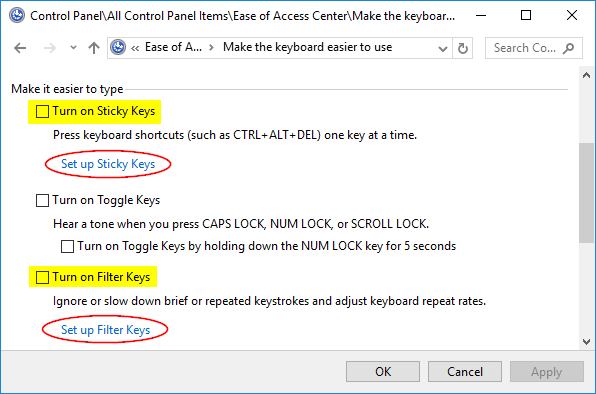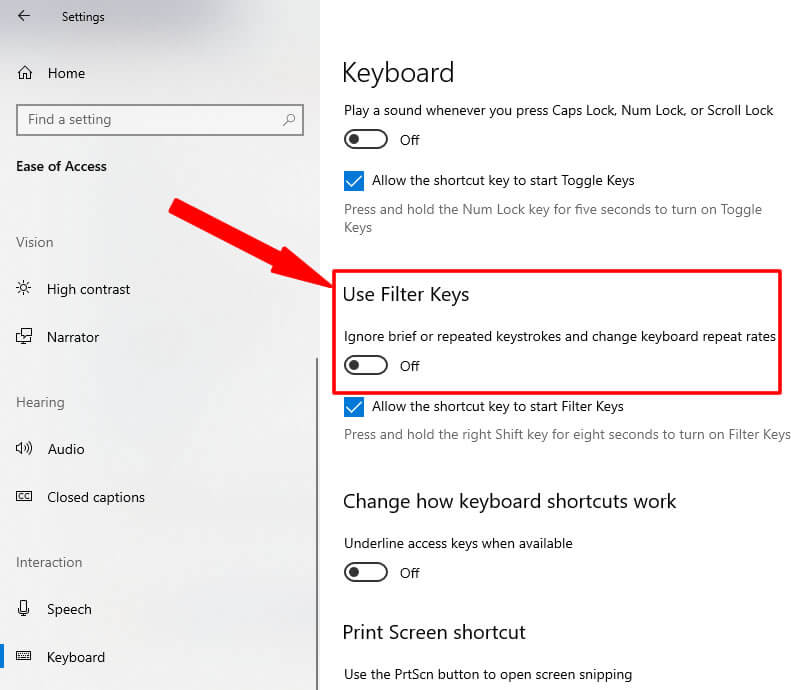

If multiple object identities are returned, or if multiple

Return exactly one result or raise an exception. offset ( offset ) ¶Īpply an OFFSET to the query and return the newly resulting rge_result() is used to efficiently restore stateįrom a cache back into a target Session. The source code for the example Dogpile Caching, where The ‘load’ argument is the same as that of rge().įor an example of how rge_result() is used, see The structure of the results is determined based on the column list of Less method overhead than that of calling rge() Preserving the structure of the result rows and unmapped columns with Is an optimized method which will merge all mapped instances, Instances merged into the session using rge(). (Background on SQLAlchemy 2.0 at: Migrating to SQLAlchemy 2.0)Īs this one, return an identical iterator of results, with all mapped

The method is superseded by the merge_frozen_result() function. If the primary key of a row is the value “5”,ĭeprecated since version 1.4: The rge_result() method is considered legacy as of the 1.x series of SQLAlchemy and becomes a legacy construct in 2.0. multiple column) primary key,įor a single-column primary key, the scalar calling form is typically However, and will be used if the object is notĪ scalar, tuple, or dictionary representing the Options via Query.options() may be applied

Individual column constructs, and strictly Mapped instance, not multiple instances or Query.get() is only used to return a single Is emitted to refresh the object as well as to The object is present in the identity map and Unless the object has been marked fully expired.Ī SELECT is performed in order to locate the object. In the local identity map, the object is returnedĭirectly from this collection and no SQL is emitted, If the given primary key identifier is present Query.get() is special in that it provides directĪccess to the identity map of the owning Session. The macro closure may access the collection's other methods via $this, just as if it were a real method of the collection class.User_alias = aliased ( User, name = 'user2' ) q = sess. The Illuminate\Support\Collection class' macro method accepts a closure that will be executed when your macro is called. We'll use the collect helper to create a new collection instance from the array, run the strtoupper function on each element, and then remove all empty elements: $collection = collect()->map(function ($name) The results of Eloquent queries are always returned as Collection instances.Ĭollections are "macroable", which allows you to add additional methods to the Collection class at run time. For example, check out the following code. The Illuminate\Support\Collection class provides a fluent, convenient wrapper for working with arrays of data.


 0 kommentar(er)
0 kommentar(er)
